Best Fall Bird Migration Hikes
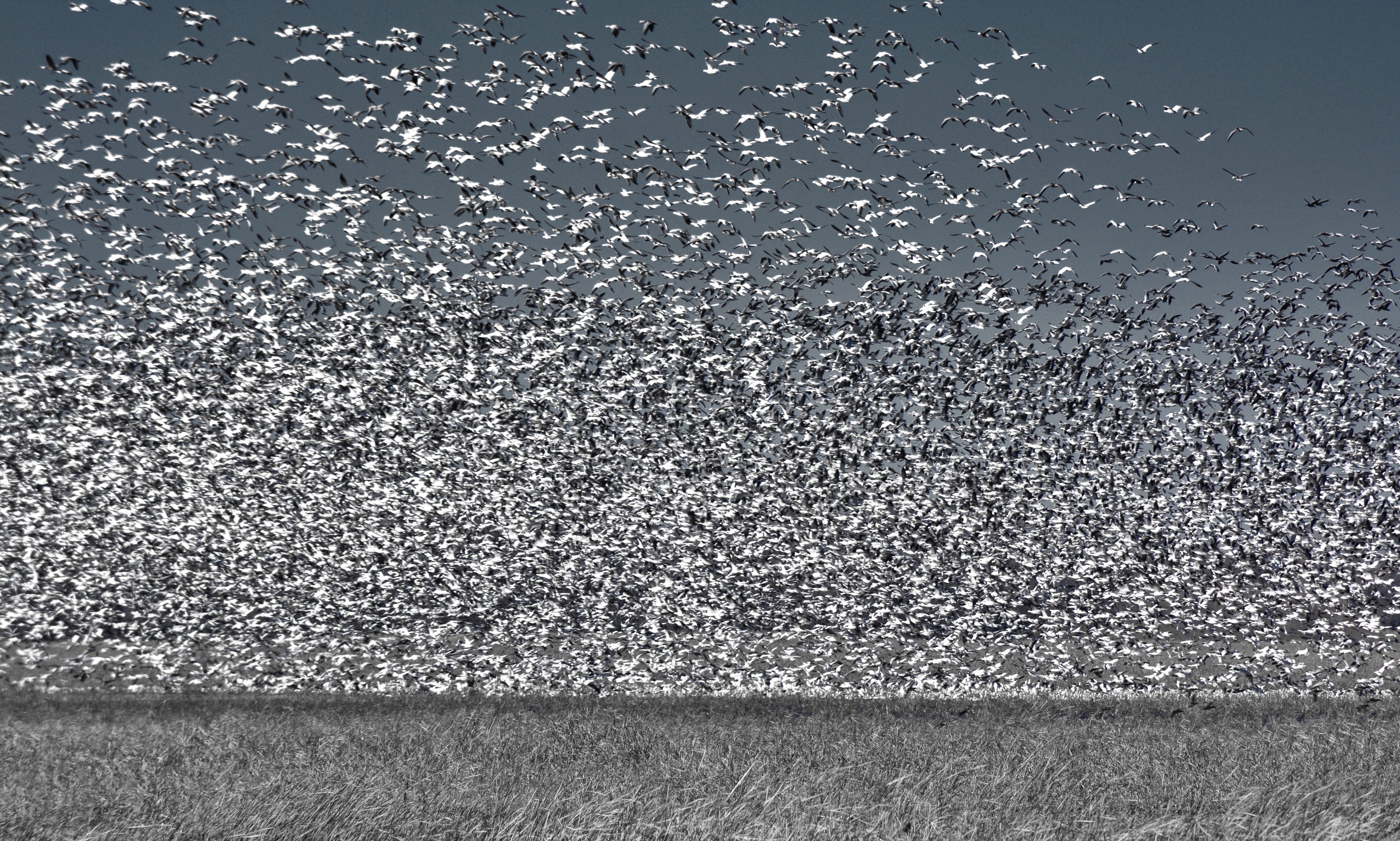
'Greg Zenitsky/Flickr'
Best Fall Bird Migration Hikes
Bosque del Apache, NM: 1-mile John P. Taylor Jr. Memorial Trail
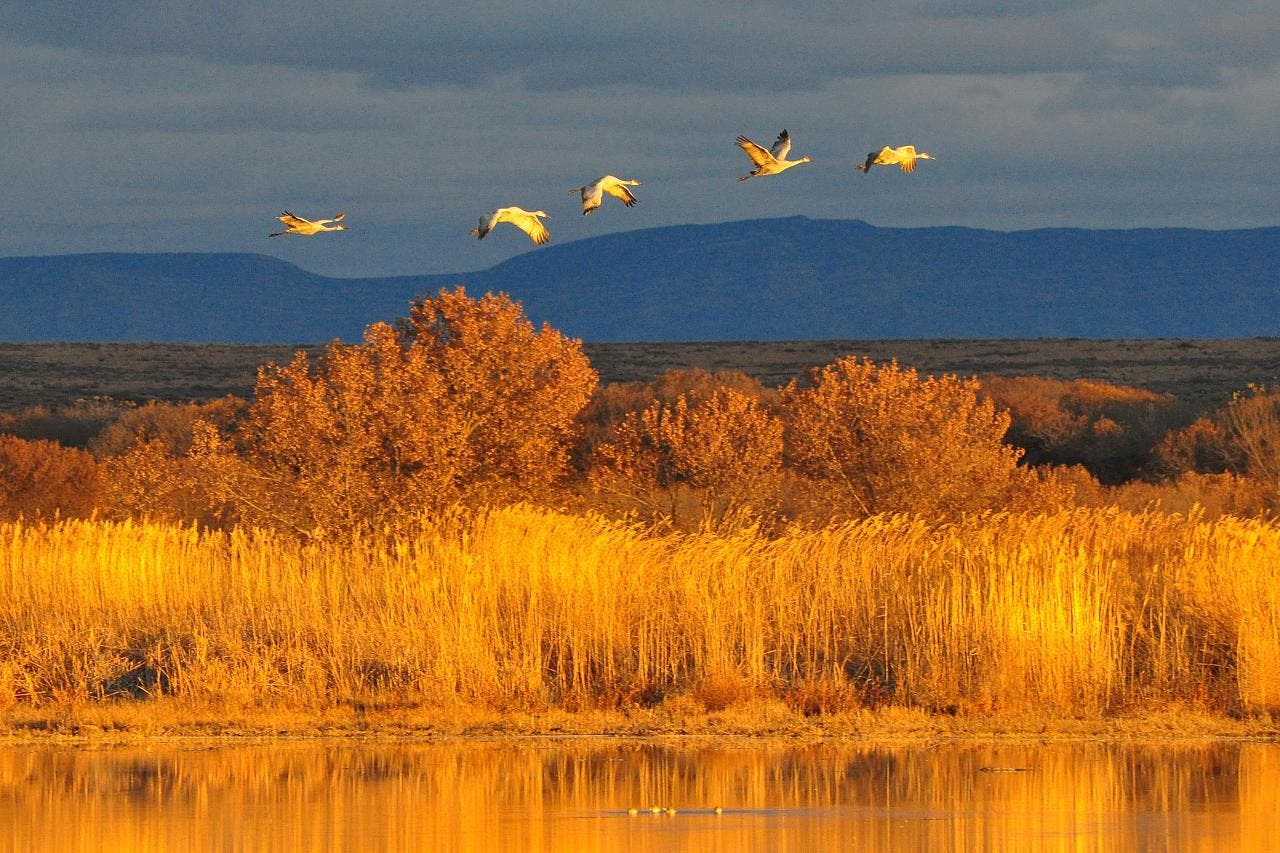
Bosque del Apache, NM: 1-mile John P. Taylor Jr. Memorial Trail. Locals are so enthusiastic about the migrating birds at the Bosque del Apache National Refuge, located between the Chupadera and San Pascual Mountains in New Mexico, they host a Festival of Cranes each year in the birds’ honor. Sandhill cranes and snow and Ross’s geese begin to show up in late October, though prime time for viewing is mid-November through late-January. [image: Larry Lamsa/Flickr]
Hawk Ridge Nature Reserve, MN: 1.5-mile Ridge Loop Trail
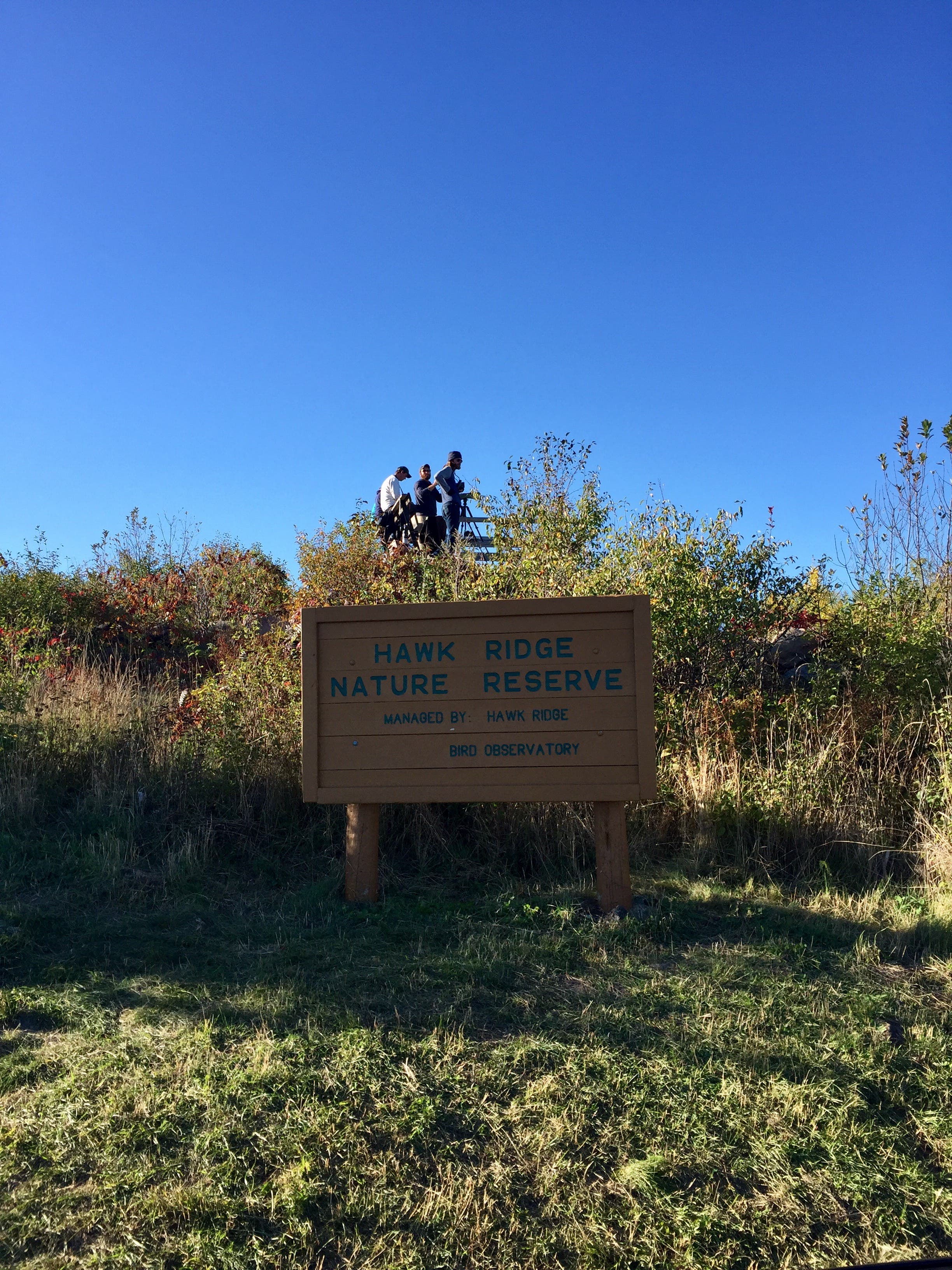
Hawk Ridge Nature Reserve, MN: 1.5-mile Ridge Loop Trail. Near the western tip of Lake Superior in Duluth, Minnesota, the Hawk Ridge Nature Reserve provides visitors a unique opportunity to witness the migration of more than 20 species of raptors and vultures. Peak migration at the reserve is from mid-September to late October, though rough-legged and red-tailed hawks and eagles and northern goshawks migrate through December. Try to come on a day with northwest winds, when the birds are out in force. The Ridge Loop Trail offers high vantages for hawk-watching. [image: Steve Moses/Flickr]
Pocosin Lakes National Wildlife Refuge, NC: .5-mile Duck Pen Wildlife Trail

Pocosin Lakes National Wildlife Refuge, NC: .5-mile Duck Pen Wildlife Trail. No shame in being a snowbird. See the species that gave the cold-averse people the nickname: Beginning in October, tundra swans, snow geese, and ducks flock to Pocosin Lakes National Wildlife Refuge in eastern North Carolina. The Pungo Unit, located on the western side of the refuge, hosts up to 100,000 waterfowl species, with peak numbers in December and January. Take the short Duck Pen Wildlife Trail to the Pungo Lake Observation Point. [image: Billistraveling/Flickr]
Bentsen-Rio Grande Valley State Park, TX: .2-mile Hawk Tower Path
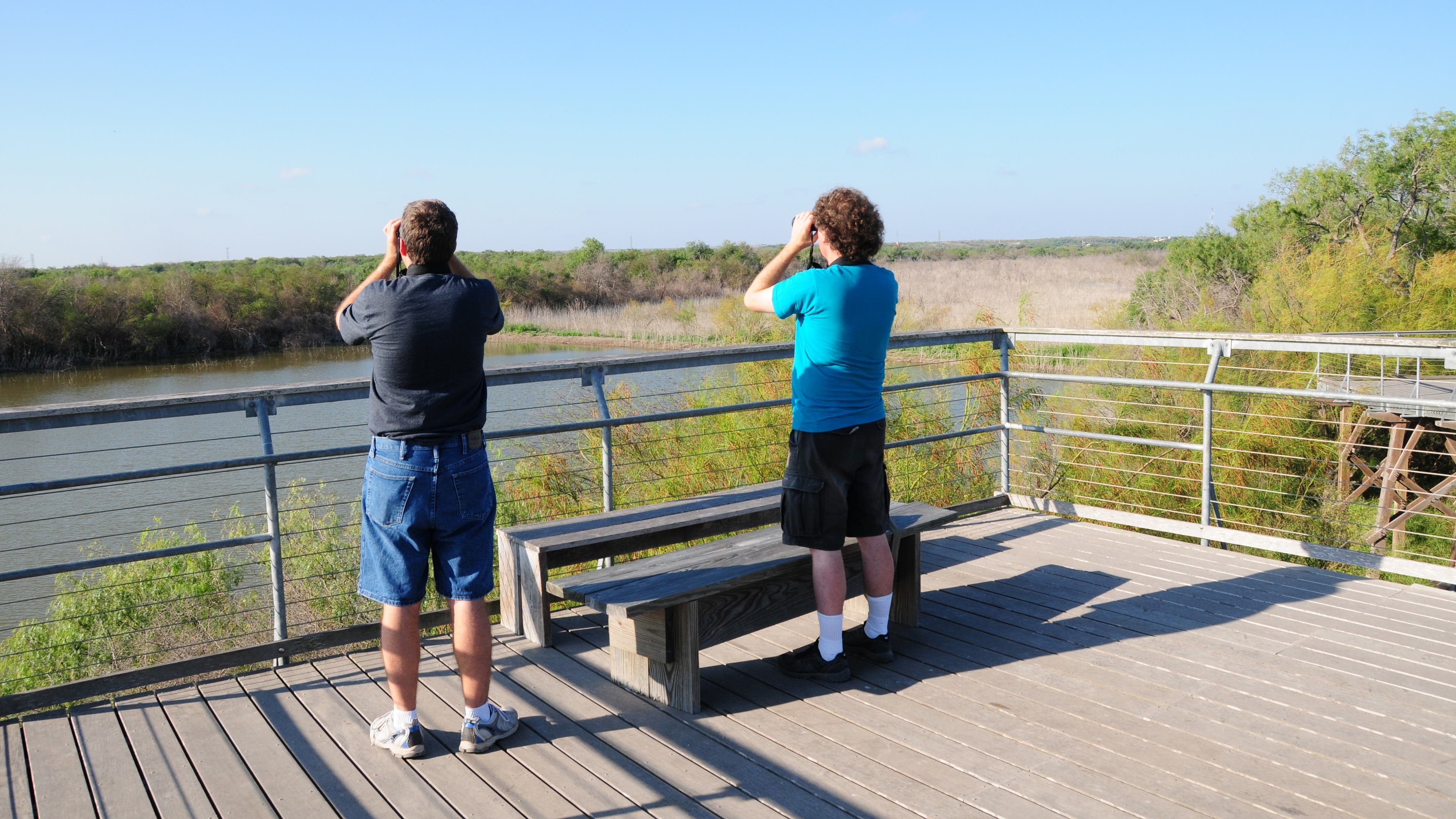
Bentsen-Rio Grande Valley State Park, TX: .2-mile Hawk Tower Path. You’ll find the World Birding Center at this park near the border. Late fall brings migrating Swainson’s and broad-winged hawks, which you can see from the park’s two-story Hawk Observation Tower. Birdwatchers can also come together and attend workshops and field trips at the Rio Grande Valley Birding Festival from November 8 to 12 in nearby Harlingen, Texas. [image: Vince Smith/Flickr]
Bridger Mountains, MT: 2-mile Observation Point

Bridger Mountains, MT: 2-mile Observation Point. The Bridger Mountains Hawkwatch, located on a helicopter platform in the Gallatin National Forest in southwestern Montana, is the mecca for golden eagle lovers. Situated in the Bridgers, the overlook itself is in the raptor flyway with the largest concentration of golden eagles in the Lower 48. Here, birdwatchers can see up to 200 eagles in a day (peak migration in mid-October). From early September to end of October, birders can also spot 17 other migrating species, including Cooper’s hawks and bald eagles. (The hike to the observation point is difficult, with 2,200 feet of elevation gain.) [image: Kelly Colgan Azar/Flickr]
Hawk Mountain Sanctuary, PA: 1-mile Lookout Trail
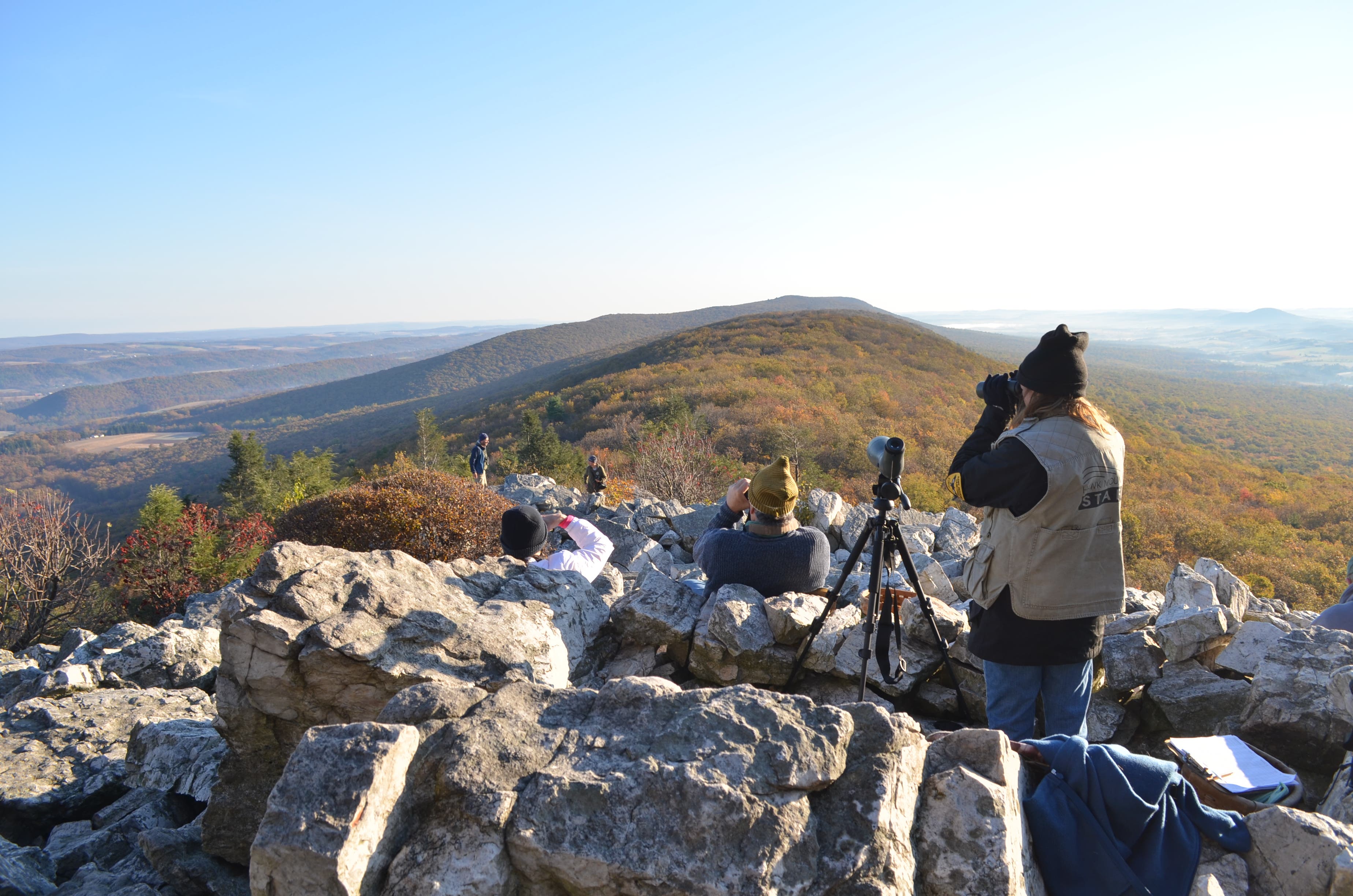
Hawk Mountain Sanctuary, PA: 1-mile Lookout Trail. Each fall, an average 18,000 migrating birds fly over Hawk Mountain Sanctuary, including broad-winged sharp-shinned hawks, ospreys, and bald eagles. Plan to visit the bird hot spot, located 80 miles outside of Philadelphia, between late September and early November for peak migration. Take the Lookout Trail to the North Lookout for best viewing. Don’t forget binoculars, or rent a pair from the Visitor Center. [image: Richard Bonnett/Flickr]
Cape May Point State Park, NJ: .5-mile Red Trail

Cape May Point State Park, NJ: .5-mile Red Trail. From August to December, heavy hitters like peregrine falcons, northern harriers, and bald eagles pass over this state park in Cape May, New Jersey. To catch the widest variety of species, visit between mid-September and mid-November, when roughly a dozen species of birds of prey are in flight at any given moment. Make sure to stop by the Hawk Watch platform in the southeast corner of the parking lot, a hub for birdwatching. [image: Jim, the Photographer/Flickr]
Loess Bluffs National Wildlife Refuge, MO: 1.5-mile Loess Bluff Interpretive Trail
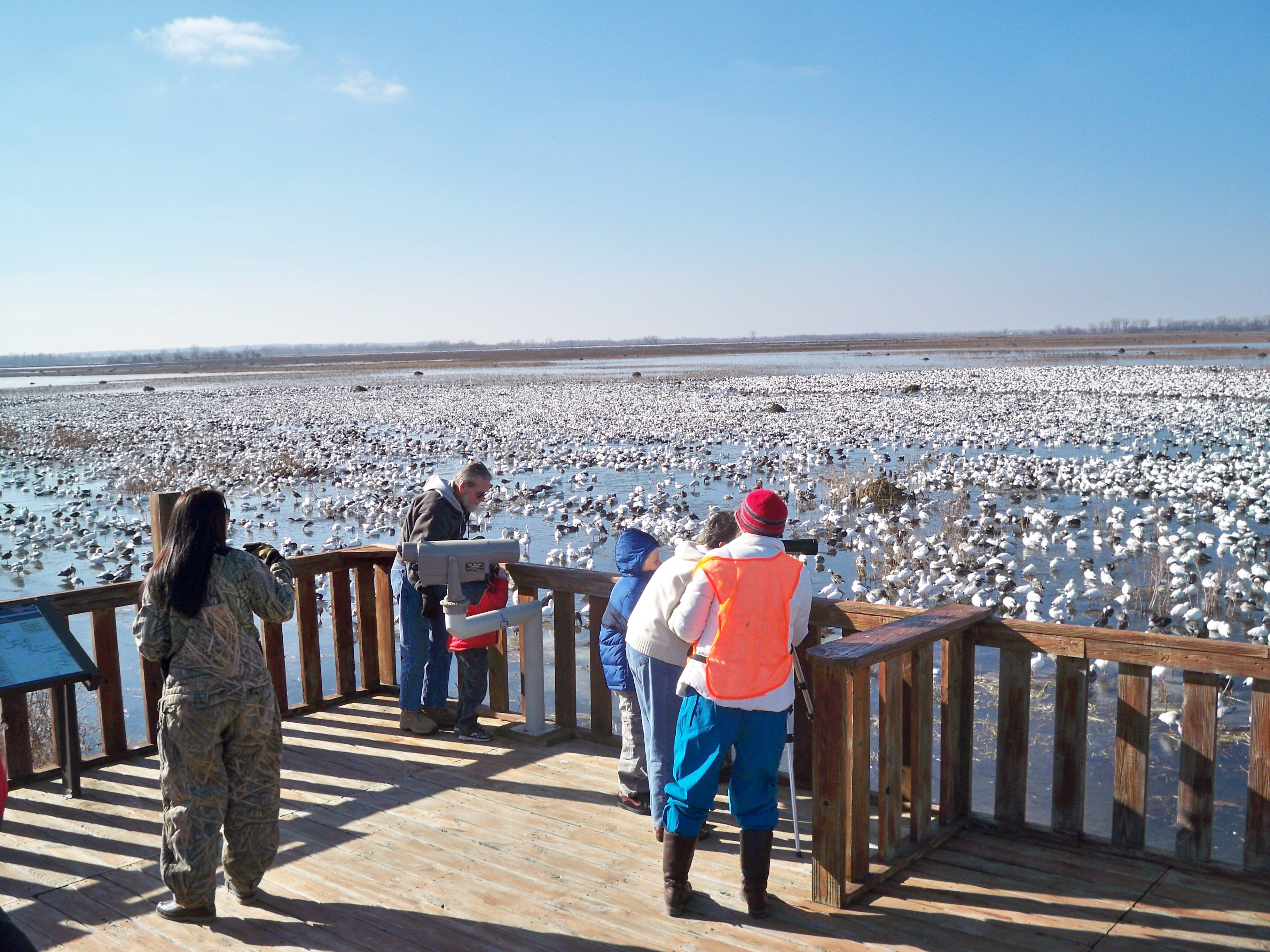
Loess Bluffs National Wildlife Refuge, MO: 1.5-mile Loess Bluff Interpretive Trail. In 1935, FDR established this northwest Missouri refuge (formerly known as Squaw Creek) for migratory birds and other wildlife. Good thing because today Loess Bluff’s grasslands and wetlands offer hikers easy views of bald eagles and snow geese (fall migration brings up to 200,000 of the latter to the refuge). October is best for viewing ducks and mid-November to December for bald eagles. Take the Loess Bluff Interpretive Trail and climb 200 steps to the Loess Hills for panoramic views of the refuge. [image: Ronald L. Bell, USFWS Midwest/Flickr]
Hagerman National Wildlife Refuge, TX: .8-mile Crow Hill Trail
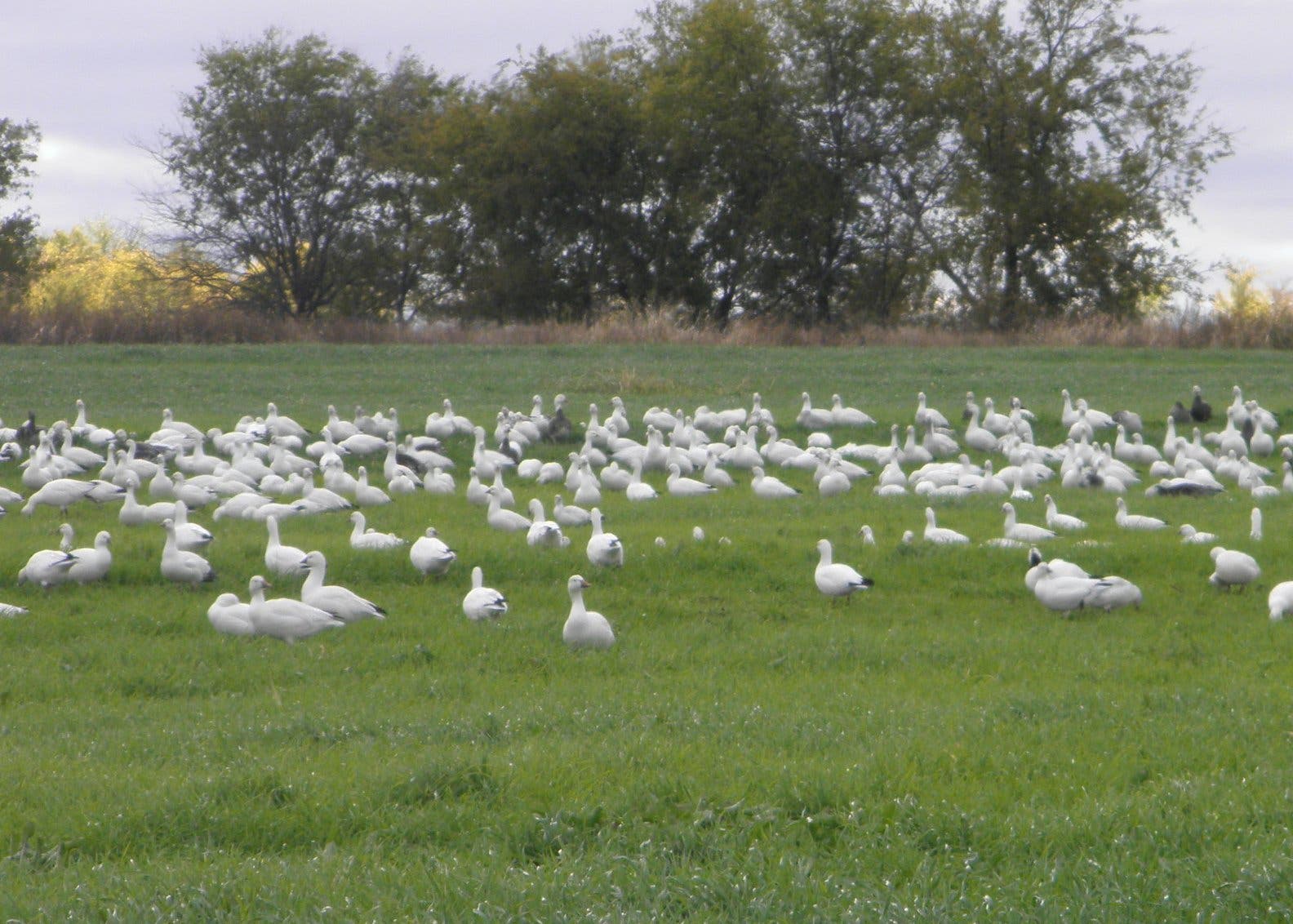
Hagerman National Wildlife Refuge, TX: .8-mile Crow Hill Trail. Beginning in November, thousands of geese—including snow, greater white-fronted and Ross’s—begin arriving at the Hagerman National Wildlife Refuge, about 90 minutes outside of Dallas. Smack in the Central Flyway, the park also hosts raptors, white pelicans, and ducks. Take the Crow Hill Trail for good birding opportunities and views of Lake Texoma and the refuge. [image: Robert Nunnally/Flickr]
Bolsa Chica Ecological Reserve, CA: .7-mile Mesa Trail
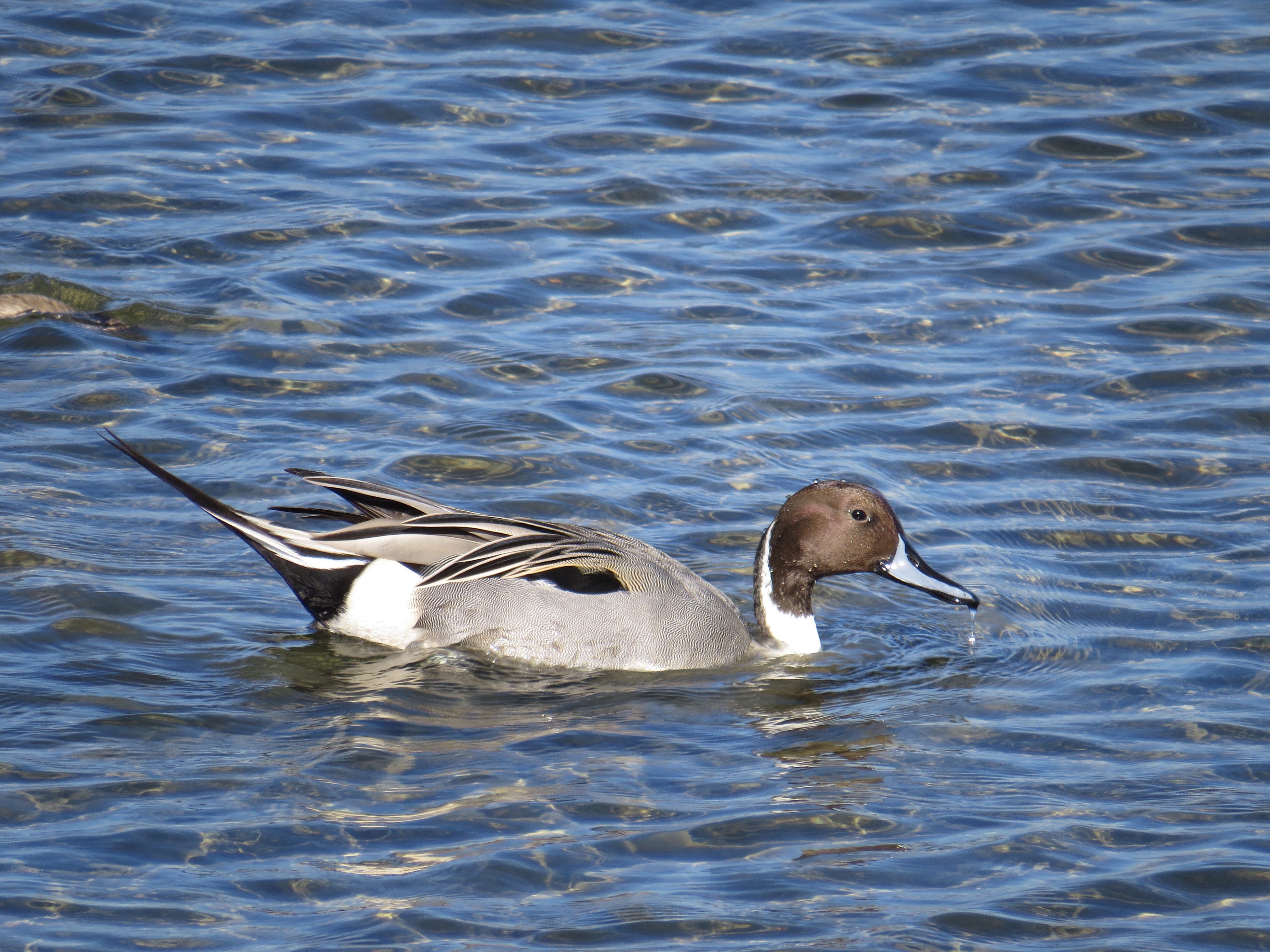
Bolsa Chica Ecological Reserve, CA: .7-mile Mesa Trail. The wetlands of the Bolsa Chica Ecological Reserve in Huntington Beach, California, provide the perfect environment to watch migrating waterfowl like American widgeons and northern pintails. Though the height of migration season for shorebirds lasts from November to February, visitors are still sure to see some feathered friends, including grebes and ducks in October. Take the Mesa Trail to the Mesa Overlook during low tide for best birdwatching. [image: Moore Laboratory/Flickr]